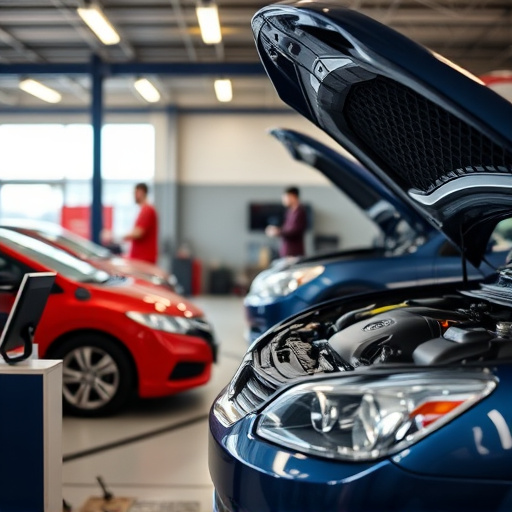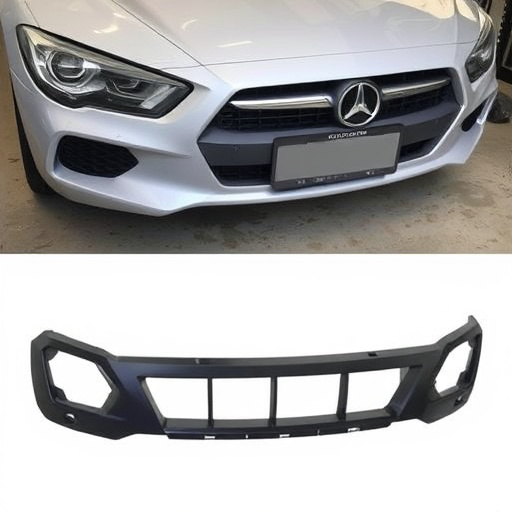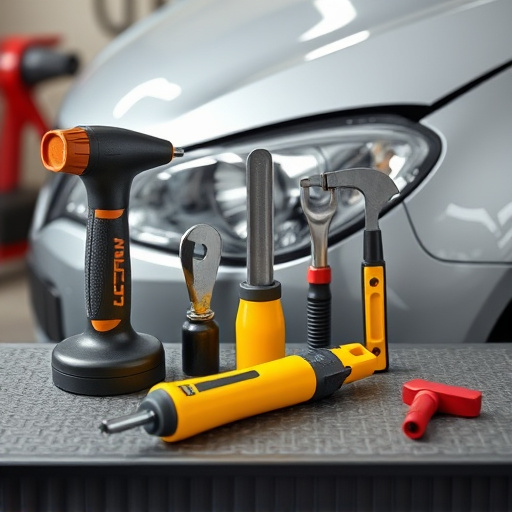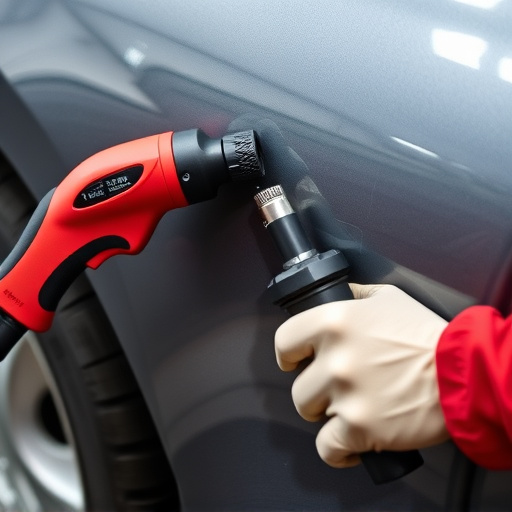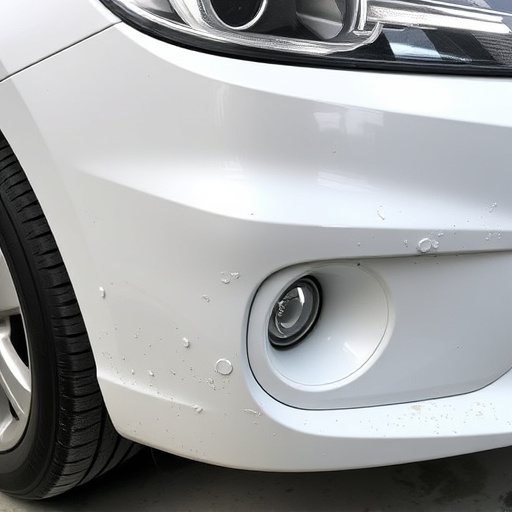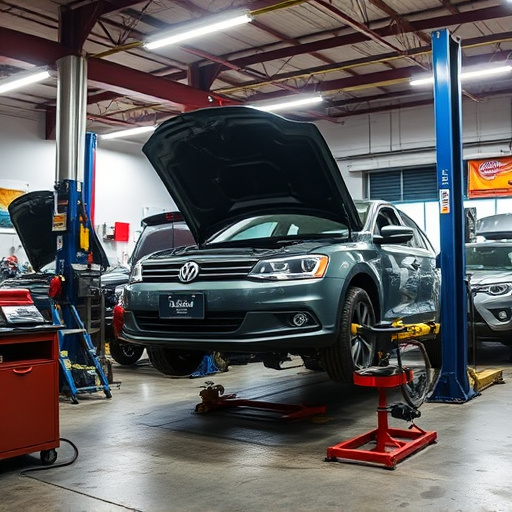Mercedes high-voltage disconnect (HVD) systems require specialized insulated tools for safe maintenance and repair to prevent electrical faults, short circuits, and accidents, ensuring the well-being of professionals and maintaining vehicle integrity during complex restoration tasks.
Mercedes High-Voltage Disconnect: Revolutionizing Safety with Insulated Tools Only. In today’s automotive landscape, ensuring safety during high-voltage operations is paramount. This article explores Mercedes’ innovative approach with its high-voltage disconnect system, exclusively utilizing insulated tools. We delve into the understanding of protocol requirements for maximum safety, and highlight the implementation and benefits of isolated disconnects in modern vehicles. Discover how this game-changer enhances efficiency while mitigating risks associated with high-voltage systems.
- Mercedes High-Voltage Disconnect: Insulated Tools Only
- Understanding Protocol Requirements for Safety
- Implementation and Benefits of Isolated Disconnects
Mercedes High-Voltage Disconnect: Insulated Tools Only
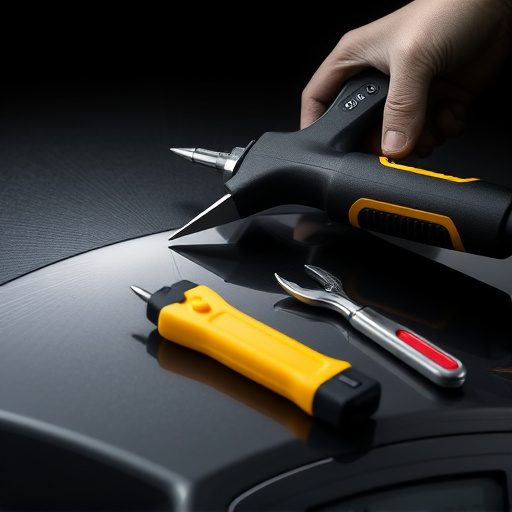
Mercedes high-voltage disconnect systems require a special approach to maintenance and repair, emphasizing safety through insulated tool protocols. These advanced electrical systems, designed for high-performance Mercedes vehicles, necessitate precise handling to prevent accidents and ensure the well-being of car collision repair professionals and enthusiasts involved in car restoration processes.
By adhering strictly to insulated tool guidelines, car repair shops specializing in Mercedes models can effectively manage these intricate high-voltage disconnects. This protocol guarantees that only specialized tools with superior insulation properties are used, reducing the risk of electrical faults and short circuits commonly associated with car collision repair scenarios. Such attention to detail is vital for maintaining the integrity of modern vehicle systems during complex car restoration tasks.
Understanding Protocol Requirements for Safety
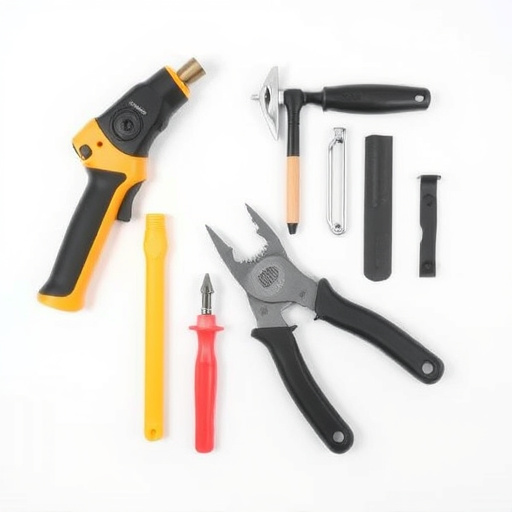
In the realm of automotive maintenance, especially when dealing with high-voltage systems like those found in modern Mercedes vehicles, understanding protocol requirements for safety is paramount. The Mercedes high-voltage disconnect (HVD) system, a game changer in car repair shop operations, mandates the use of insulated tools to prevent electrical hazards. This is particularly crucial given the sensitive nature of electric vehicle (EV) components and the potential for severe shocks or damage if not handled correctly.
For auto body services and repairs that involve the HVD, adhering to these safety protocols is essential. It ensures that technicians, when performing tasks such as removing or reconnecting high-voltage cables, are protected from electrical dangers. This includes using tools designed specifically for insulated handling of EV parts, preventing any short circuits or arcing that could lead to costly auto painting repairs or even pose a risk to the safety of those working on the vehicle.
Implementation and Benefits of Isolated Disconnects
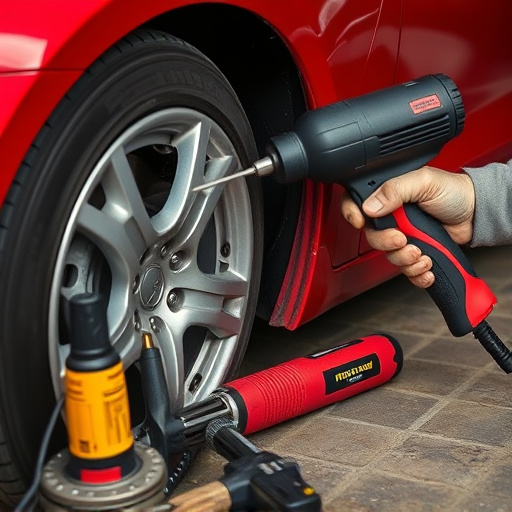
The implementation of isolated disconnects, specifically tailored for Mercedes high-voltage systems, is a significant advancement in automotive body work and collision repair services. These advanced safety protocols ensure that during any service or repair procedure involving high-voltage components, there’s no risk of electrical shorts or accidental discharges—a common concern in vehicle paint repair processes. By employing insulated tools designed for these disconnects, technicians can safely navigate complex electrical systems without compromising integrity or stability.
The benefits are numerous: enhanced safety for both workers and vehicles, reduced risk of costly damage during repairs, and improved efficiency as isolated disconnects streamline the disassembly and reassembly process. This not only speeds up turnaround times but also minimizes the likelihood of human error that can occur in chaotic collision repair service environments. As a result, the use of Mercedes high-voltage disconnects with insulated tool protocols sets a new standard for safety and professionalism in automotive body work.
The implementation of Mercedes high-voltage disconnect systems, utilizing only insulated tools, represents a significant advancement in vehicle safety. By adhering to strict protocol requirements, these isolated disconnects ensure that high-voltage systems are de-energized securely and efficiently. This innovative approach not only enhances the safety of service professionals but also contributes to the reliability and longevity of modern vehicles. Embracing these protocols is a crucial step forward in the automotive industry, demonstrating Mercedes’ commitment to both technological progress and worker protection.
